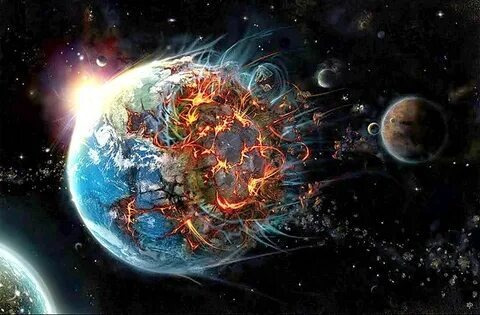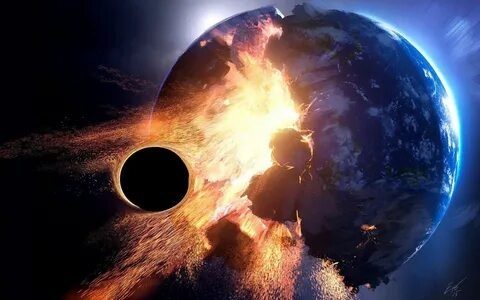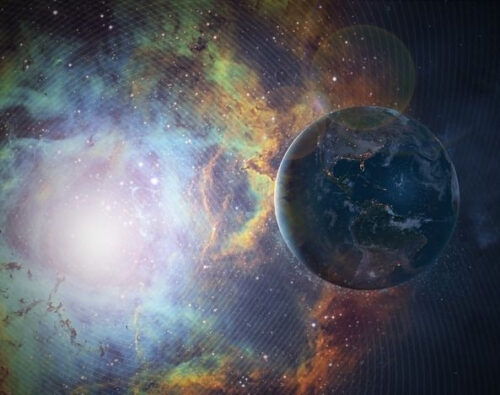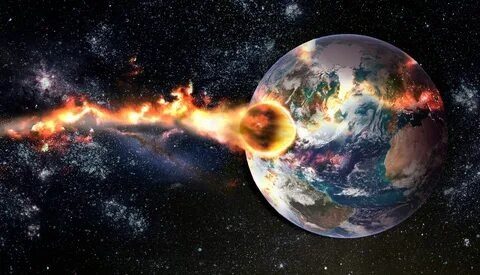
Recent scientific discoveries have unveiled a terrifying phenomenon capable of causing catastrophic destruction to planet-like worlds.
Researchers have identified a super member of the monster family, responsible for numerous ancient mass extinctions on Earth.
This article explores the findings of a team of scientists who have detected a supernova with the ability to rip apart a planet’s atmosphere, rendering it uninhabitable for an extended period.
Understanding this event is crucial as it could have dire consequences for life on similar planets.

Supernovae, the spectacular deaths of stars, occur in two ways: the sudden collapse and explosion of a massively depleted star’s core or the reactivation of a star’s nuclear reaction during its evolution towards death.
These events release an immense amount of deadly radiation, capable of wreaking havoc on nearby planets.
Past studies indicate that Earth has experienced multiple mass extinctions due to the radiation flooding caused by supernovae.
Researchers from the University of Illinois Urbana-Champaign, University of Kansas, and Washburn University have made a groundbreaking discovery.
They found that certain dying stars can be surrounded by a thick disk of matter, which, after the initial supernova explosion, heats up due to a shock wave.

This heated disk emits lethal X-rays, capable of traveling vast distances and causing severe damage to planets within 150 light-years.
The impacted planets can lose up to 50% of their ozone layer, while closer ones may face a complete atmospheric disruption that takes years to recover from.
Months or even years after the initial event, “shelled” planets continue to be bombarded by X-rays.
Cosmic rays further pummel these planets for hundreds or thousands of years, preventing their biospheres from recovering. Fortunately, there are currently no threatening X-ray supernova candidates in close proximity to Earth.

However, in habitable regions of the galaxy, numerous Earth-like planets may be at risk, given the vast number of potential stars that could undergo such deadly supernova events.
The discovery of supernovae capable of tearing apart planetary atmospheres sheds light on the potential hazards faced by planet-like worlds.
The ability to detect and understand these events is crucial for identifying planets at risk and implementing strategies to protect them.
While Earth is not currently threatened by nearby X-ray supernovae, the broader implications for habitable planets in the galaxy are significant.

Further research and exploration will be key to enhancing our knowledge and developing the means to mitigate the devastating effects of these deadly supernovae.
By staying vigilant and advancing our understanding of the cosmos, we can ensure the survival and protection of potential life-sustaining worlds.
